Plastic is a widely used material thanks to its durability and flexibility, but it also poses a significant threat to the environment. Plastic waste has become a major global problem, as plastic decomposing takes hundreds of years. In this article, we will explore the process of plastic decomposition, and the factors that affect its degradation and find a comprehensive answer to the question, "How long does it take for plastic to decompose?"
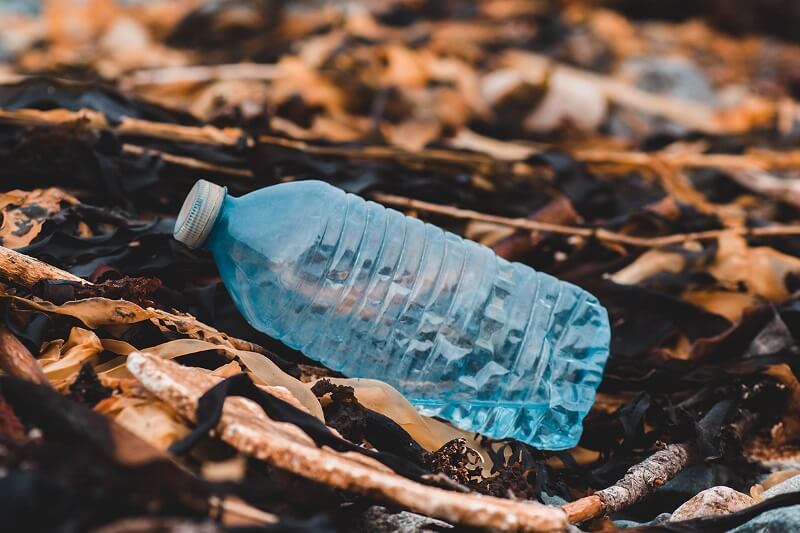
I. Is plastic biodegradable?
Before discussing plastic decomposition, it's essential to understand what "biodegradable" means. Biodegradable refers to materials that can be broken down by bacteria and other natural organisms into basic compounds like water and carbon dioxide. Unfortunately, most plastics are not biodegradable, which means they cannot be broken down by biological processes.
Biodegradable plastics are available but are less widely used than traditional plastics. Biodegradable plastics are designed to break down faster than conventional plastics and can be broken down by microorganisms in the natural environment.
However, they still require specific conditions, such as temperatures and humidity levels, to break down properly. Additionally, biodegradable plastics can still cause harm to the environment, as they can release harmful chemicals as they break down.

II. How long does it take for plastic to decompose?
How long does plastic take to decompose? The time it takes for plastic to decompose varies depending on the type of plastic and the conditions it's exposed to. For example, a plastic bag can decompose anywhere from 10 to 1,000 years, while a plastic water bottle can take up to 450 years. Some plastics, such as PVC, can take up to 1,000 years to decompose.
Factors that influence plastic decomposition include temperature, humidity, and exposure to sunlight. In general, plastics break down faster in warmer and wetter environments. For example, plastic debris in the ocean can break down faster due to exposure to saltwater and UV radiation from the sun.
It's important to note that even when plastic does decompose, it doesn't disappear entirely. Plastic breaks down into smaller and smaller pieces, known as microplastics, which can persist in the environment for centuries. These microplastics can be ingested by animals and can make their way into the food chain, posing a risk to human health.

Below is the estimated decomposition time of plastic products from WWF:
| Product |
Estimate decomposition time |
| Plastic bag |
20 years |
| Coffee cup |
30 years |
| Plastic straw |
200 years |
| 6-pack plastic rings |
400 years |
| Plastic water bottle |
450 years
|
| Plastic cup |
450 years
|
| Coffee pod |
500 years |
| Disposable diaper |
500 years |
| Plastic toothbrush |
500 years |
III. Why does plastic take so long to degrade?
Plastic is not organic but a synthetic material made from petroleum, natural gas, or coal. As a result, it cannot be broken down by natural processes.
Instead, plastic breaks down through photodegradation, where it is exposed to sunlight and breaks down into smaller and smaller pieces over time. This process can take hundreds or even thousands of years, depending on the type of plastic and the conditions.
In addition, plastic is designed to be durable and resistant to degradation. This is why it is such a helpful material for making products that need to last a long time, such as cars, appliances, and electronics. However, this durability also means plastic is slow to break down in the environment. Improper disposal of plastic waste can accumulate in landfills, oceans, and other natural habitats, where it can persist for centuries.
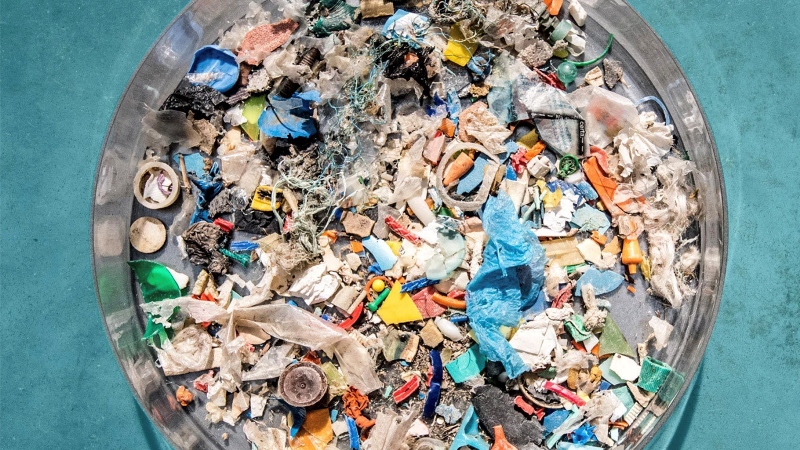
IV. How long does it take for biodegradable plastic to decompose?
1. What are biodegradable plastics and bioplastics?
Bioplastics and biodegradable plastics are common terms people often notice when it comes to alternatives to traditional petroleum-based plastics. Therefore, it is important to differentiate between bioplastic and biodegradable plastic definitions.
Bioplastics can be categorized into 3 three groups based on their origin and decomposability:
- Bio-based plastic: This type of bioplastic is wholly (or partly) made from renewable resources, such as cornstarch, sugarcane, or vegetable fats and oils. Bio-based plastics can be either biodegradable or non-biodegradable.
- Biodegradable plastic: Biodegradable plastics are made from materials that can break down into natural elements by microorganisms. The materials can be fossil fuels, renewable resources, or both.
- Biodegradable bioplastic: This type of bioplastic is made from renewable resources and is designed to biodegrade quickly without leaving harmful residues behind.
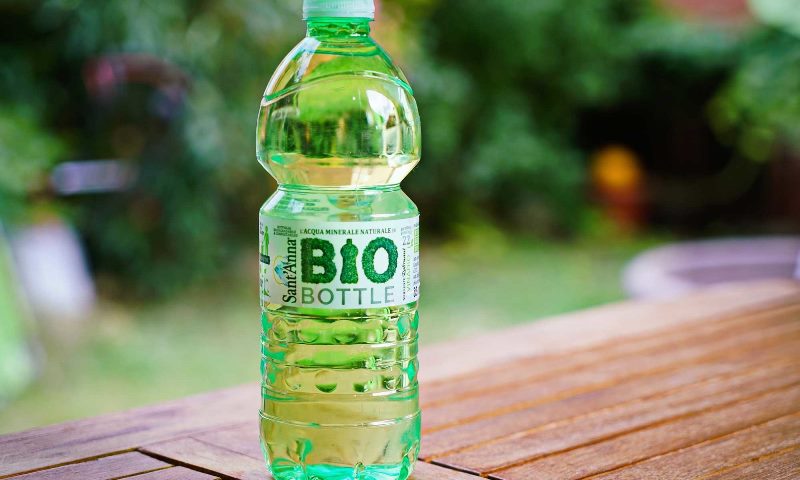
2. How long do biodegradable plastics take to decompose?
Biodegradable plastic is designed to break down more quickly than traditional plastic. However, the amount of time it takes for biodegradable plastic to decompose can vary depending on several factors, including the type of plastic, the environment in which it is disposed of, and the conditions under which it is exposed.
Some biodegradable plastics are designed to degrade within weeks or months, while others may take several years. The degradation process usually involves the same photodegradation process as traditional plastic, but biodegradable plastics also contain additives that make them more susceptible to biodegradation by microorganisms.
However, it is important to note that not all biodegradable plastics are the same. Some biodegradable plastics require specific conditions to break down, such as high temperatures or particular types of microorganisms. If these conditions are absent, the plastic may not break down as quickly or entirely as intended.
3. How long do bioplastics take to decompose?
How long does bioplastic last? Bioplastics can take varying amounts of time to decompose, depending on various factors such as the type of bioplastic and the conditions.
Some bioplastics, such as those made from polylactic acid (PLA), can decompose for several months to a few years under the right conditions. However, it can take significantly longer to break down in landfills or bodies of water, where the necessary conditions for bioplastic decomposition may not be present. Other types of bioplastics, such as those made from the combination of biomass and fossil fuel sources, can take forever to completely biodegrade.
How do bioplastics decompose? Bioplastics decompose through various processes. Some bioplastics can biodegrade in industrial composting facilities, while others require specific conditions, such as high temperatures or UV light, to break down.
Additionally, some bioplastics can degrade through natural processes like soil or marine degradation. It is important to note that some bioplastics are not biodegradable and can only be recycled through specialized facilities.
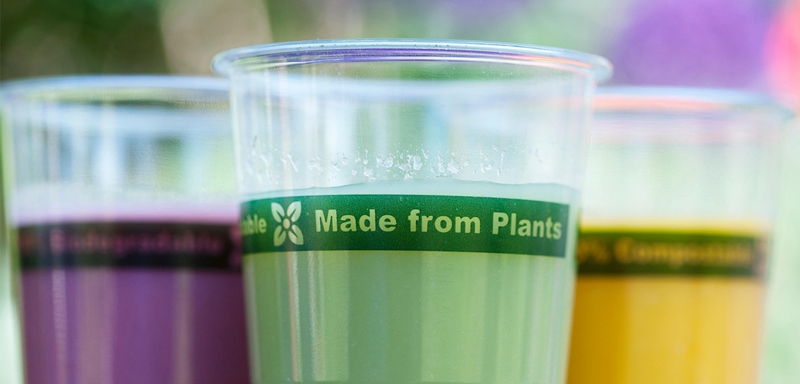
V. How does using bioplastic help the environment?
Bioplastics have emerged as a promising alternative to conventional plastics. Bioplastics offer several environmental benefits, including reducing carbon footprint, conserving non-renewable resources, and decreasing landfill waste.
One significant advantage of bioplastics is their ability to reduce carbon footprint. Bioplastics emit fewer greenhouse gasses than conventional plastics during production, as they require less energy than fossil fuels. Moreover, bioplastics can be made from agricultural waste, which reduces the need for land-use change and deforestation. As a result, bioplastics mitigate climate change and preserve natural resources.
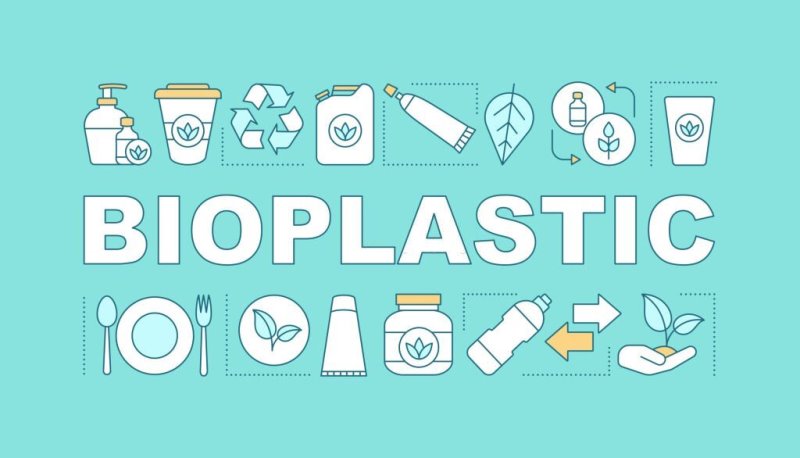
Another benefit of bioplastics is their ability to conserve non-renewable resources. Fossil fuels, such as oil and natural gas, are used extensively in producing conventional plastics. By contrast, bioplastics are made from renewable resources that can be replenished and do not deplete the earth's natural resources. This aspect of bioplastics ensures the sustainability of their products and reduces our dependence on fossil fuels.
Furthermore, bioplastics can decrease landfill waste, which is a significant environmental problem. Conventional plastics take hundreds of years to decompose, releasing toxic chemicals into the soil and water. On the other hand, bioplastics are biodegradable and compostable, which means they can break down into organic matter and contribute to soil health. By reducing the amount of plastic waste in landfills, bioplastics help to mitigate environmental pollution.
VI. EuroPlas - The top bioplastics manufacturer and supplier
EuroPlas is one of the top bioplastics manufacturers and suppliers in the world. The company offers a wide range of bioplastic types made from renewable resources such as corn starch, sugarcane, and potato starch.
In addition to its commitment to sustainability, EuroPlas is also dedicated to quality and customer satisfaction. The company uses advanced technology and strict quality control processes to ensure that its products meet the highest performance and reliability standards.
Overall, EuroPlas is a leader in the bioplastics industry and a strong advocate for sustainability and environmental responsibility. If you are looking for high-quality biodegradable or compostable plastic materials, EuroPlas is worth considering
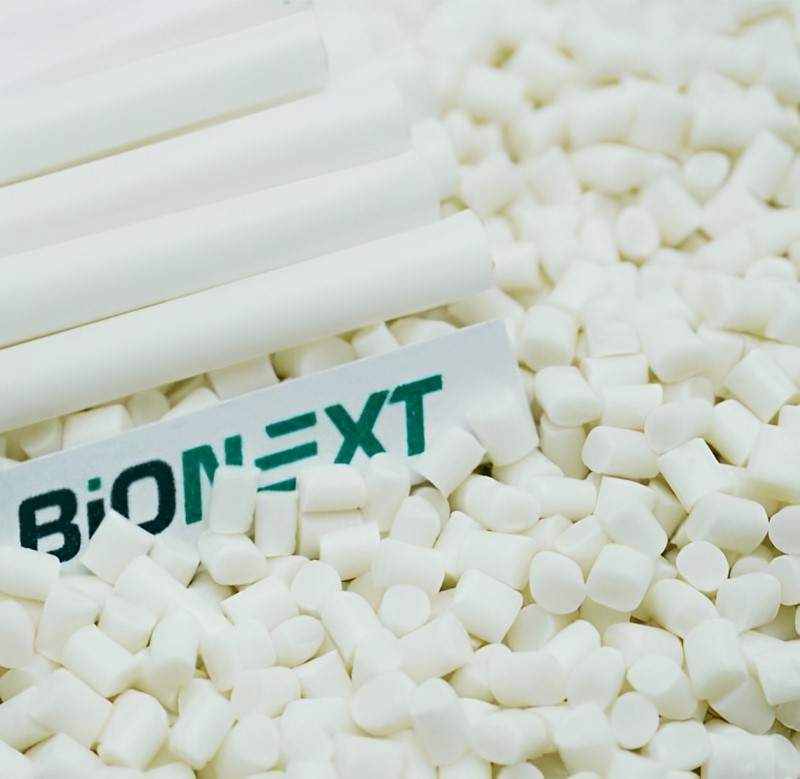
In conclusion, plastic can take several decades to centuries to decompose, depending on the type of plastic and the conditions it is exposed to. Bioplastics, on the other hand, are made from natural materials and can decompose much faster, making them a much more sustainable alternative. Contact EuroPlas for more information about our bioplastics products.